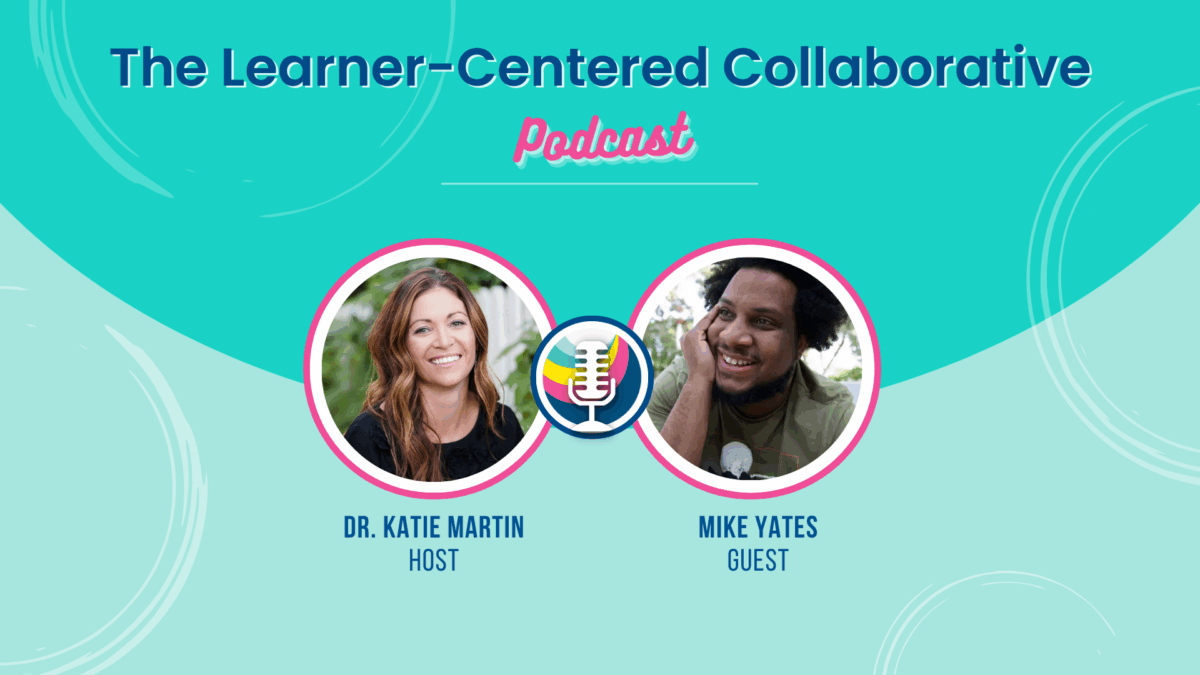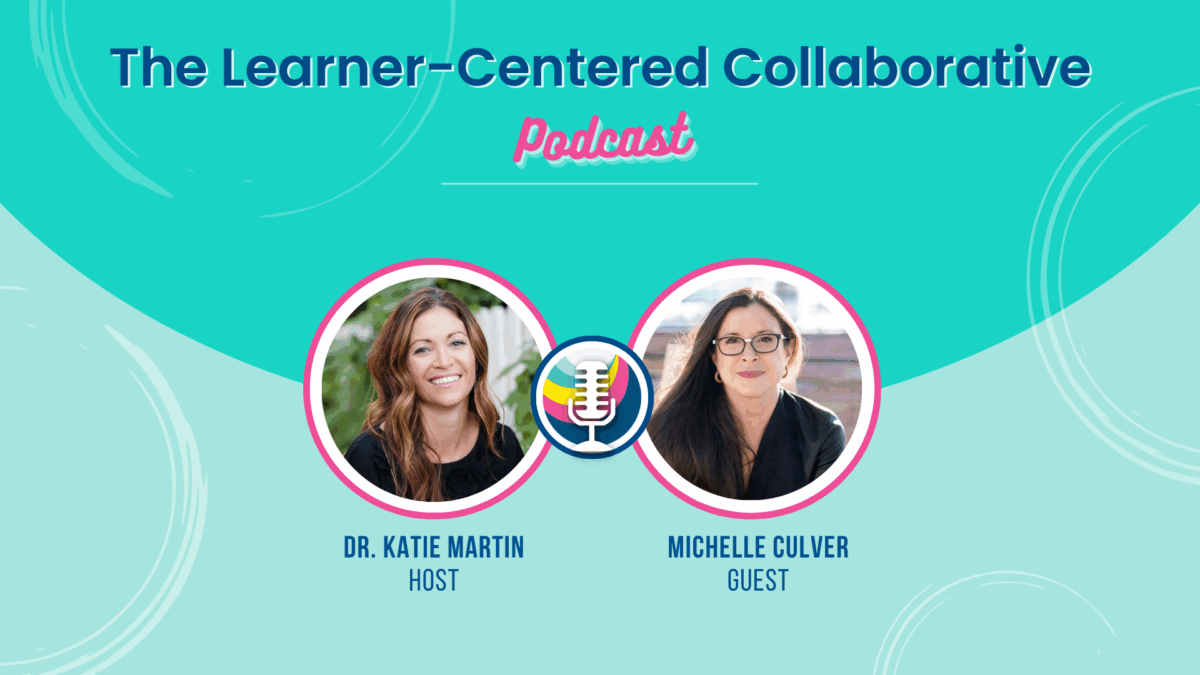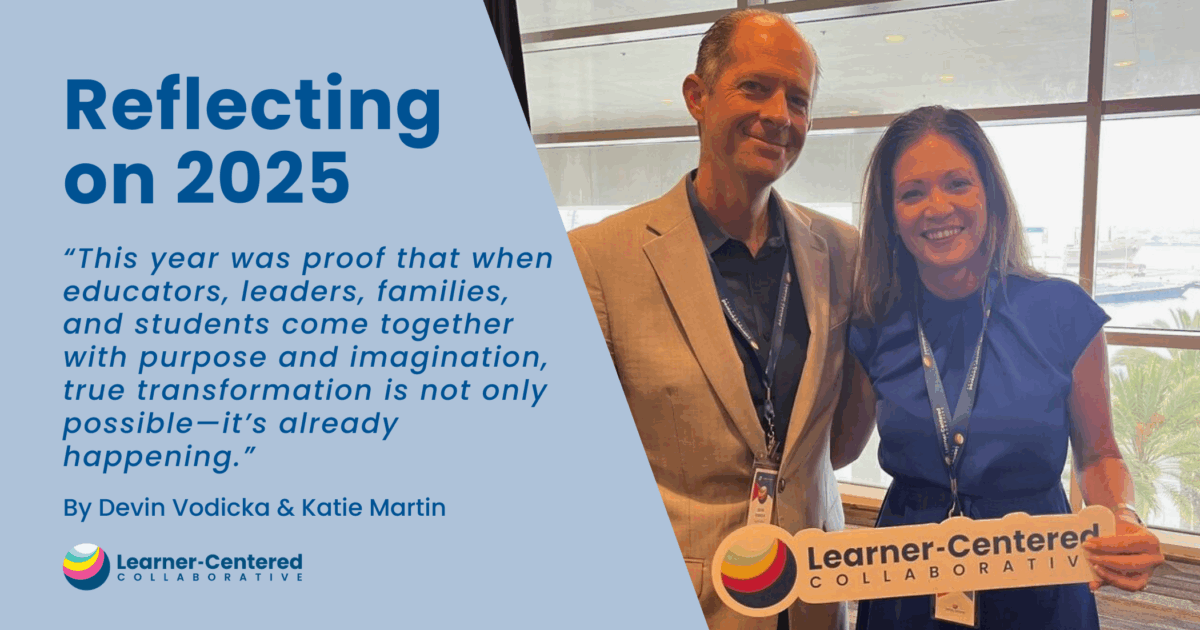One Educator’s Journey to Authentic Learning: Building Trust, Empowering Learners
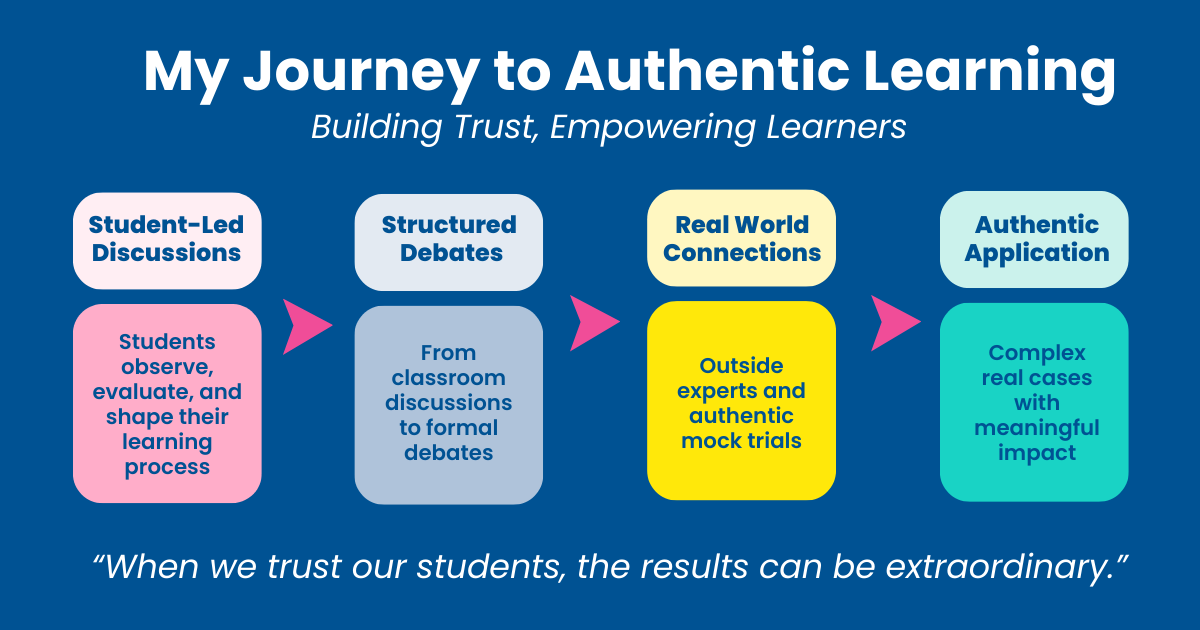
Early in my teaching career, I was fortunate to have the mentorship of my grade-level team, a seasoned group of educators ready to support and collaborate on nearly everything. As I prepared to teach 8th grade US History, I shadowed my colleague’s English classroom, where I observed some incredible literature discussions.
Intrigued by the deep student engagement I observed, I asked her how she achieved it. Her response sparked a series of mindset shifts that evolved my approach to teaching. These shifts – centered around curiosity, possibilities, empowerment, and trust – reshaped my classroom dynamics and student engagement.
As the year progressed, each shift built upon the last, impacting not only how I taught but also how my students learned and engaged with the material. This is the story of that transformative year and the four significant shifts that defined it.
Shift 1: Curiosity Over Judgement
As the school year began, my colleague suggested starting with curiosity rather than my preconceived notions of a “fruitful” discussion. She proposed a simple yet effective strategy: give a few students an observation handout with the instructions, “The observation goal is participation. Take notes on positives, areas of growth, and anything else you observe. You’ll share your observations with all of us at the end of the discussion.”
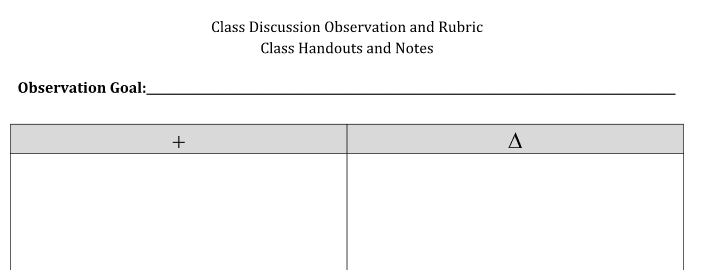
By leading with curiosity, I learned what my students considered to be a valuable conversation. Many of their thoughts surpassed the expectations I would have set without their input or insights. The result was a co-created Class Discussion Rubric, which we used for self-assessment after each discussion.
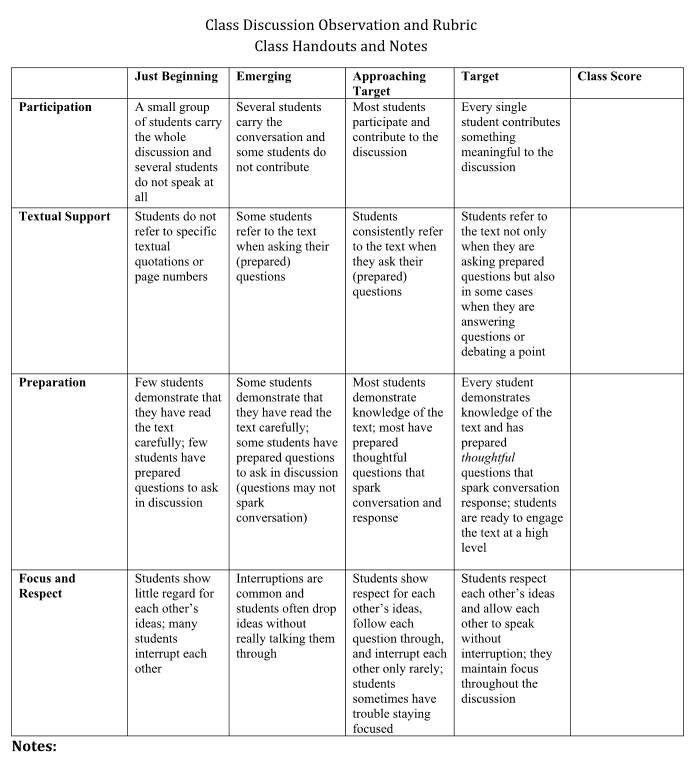
Explore our strategy “Co-Create Rubrics with Learners” to learn how you can implement this approach in your classroom and empower your students.
Shift 2: Possibilities over Constraints
My experience as the school year progressed resonates with what Megan Parry describes in her blog, “Why Mindset Matters in Cultivating Learner-Centered Change.” She writes: “Mindset and practice are linked closely together, influencing each other in a loop. Imagine you have a small intuition that something could be different in your classroom or school, prompting you to make a minor change in practice. When this change succeeds, it confirms your intuition, encouraging you to try another small change.”
Each time I chose to see a possibility where I previously saw a constraint, it opened up new opportunities for growth and learning in my classroom. By spring semester, our discussions had become more lively and engaging. My 8th grade students most looked forward to our discussion days. After one particularly heated discussion, a student noted that a significant number of interruptions had occurred due to the variety of opinions. This insight led me to ask: How could I make room for the opinions while maintaining focus and respect? Then it hit me – these teenagers didn’t want to discuss, they wanted to debate!
We redesigned the classroom layout, creating separate sides and huddle spaces for strategy sessions. This new format opened up new possibilities and promoted the creation of a new rubric.
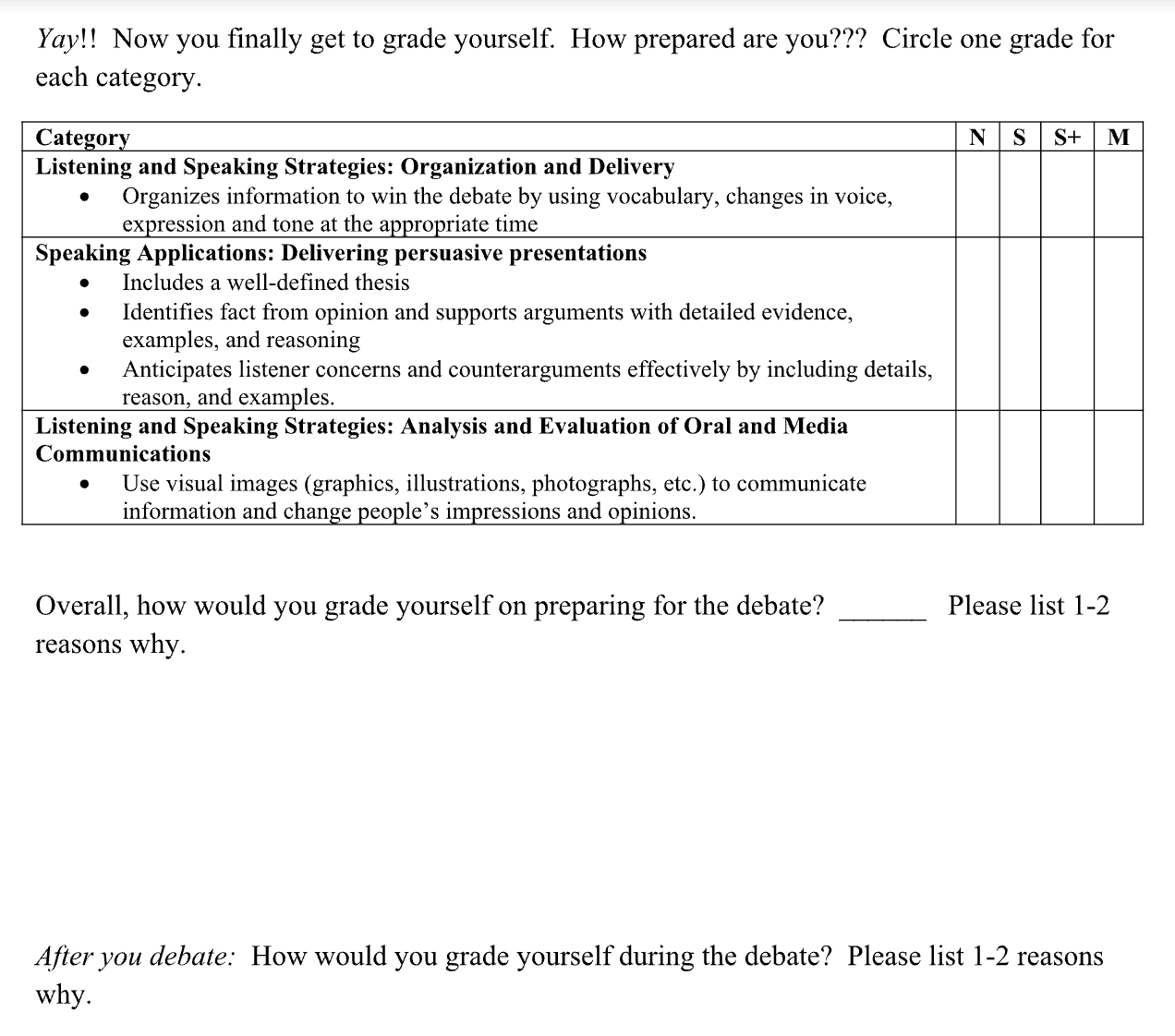
Discover how to create adaptable learning spaces that empower student voice and choice. Explore our “Design a Flexible Learning Space” strategy.
Shift 3: Empowering over Controlling
As my students became seasoned debaters, I realized that my role needed to evolve. To truly grow their skills, I needed to embrace a mindset of empowerment over control. It was time to open the doors of my classroom and welcome outside expertise.

A pivotal moment came when my uncle, an accomplished practicing lawyer, offered to guest speak and coach my students in debating the Plessy v. Ferguson case. Initially, doubts crept in: Would this be worth my uncle’s time? Would my students ‘behave’? Would they find value in his words of wisdom?
I’d be lying if I said that I didn’t pull a couple of students aside to underscore expectations, but I was completely taken aback by the power of connecting my students to an outside mentor. One student even decided that day to become a lawyer (and decades later, she did!).
As I released control of my classroom and empowered learners to connect to adults beyond myself, I witnessed exponential growth in their ability to critically and creatively think. This shift also led to an unexpected byproduct: students began to internalize the concept that effective problem-solving requires collaboration and diverse expertise.
Our debates evolved from two-sided arguments to full-on mock trials with judges, lawyers, jurors, and even bailiffs! This evolution highlighted a powerful truth: when we step back and empower students, they can create learning experiences far richer than we may have imagined.
Empower your students by connecting them with diverse mentors and experts. Explore our “Connecting Learners to Mentors” strategy to realize new dimensions of growth and learning in your classroom.
Shift 4: Trust over Fear or Doubt
As my 8th grade US History class approached its final months, our monthly mock trials had become the highlight of the course. We had already covered the required Industrialization standards and we were ready to tackle current, more challenging topics.
At this point, I realized how much my mindset had shifted. The deep trust I had built in my students’ skills, abilities, honesty, and passion was palpable. These students, on the cusp of high school, were ready for greater responsibilities. Yet, as I contemplated our next step, I found myself at a crossroads between trust and fear.
Inspired by a recent HBO special about the potentially wrongful conviction of three adolescent boys, I considered a bold move: a trial on the West Memphis Three case. I wondered: Would this be too much? (Not sure what I mean by “too much”? Click the link!)
The fears and doubts I had mostly stemmed from my concerns about administration and parents. However, instead of letting these concerns dictate my decision, I chose to trust – both in my students and in the power of authentic learning experiences. I drafted a carefully worded letter requiring guardian consent for students to take part in the final trial of the year – a project that would expose students to very mature reading content. The response was unanimous: every single guardian granted consent, affirming the trust that had been built not just with students, but with their families as well.
What followed was transformative. Each of my three 8th grade classes engaged in a fully student-run 90-minute trial. The experience was raw and real – there were tears, heated debates, and a noticeable absence of the giggles that might have accompanied such topics just months earlier.
This was authenticity in action. Their discussions were deep, their emotions were genuine, and most importantly, their learning was deeply authentic. By choosing trust over fear and doubt, we unlocked a level of engagement and growth that surpassed all expectations.
Ready to take your students beyond the classroom and into real-world learning? Explore our “Taking Learners into the Real World” strategy to discover how you can create authentic, impactful learning experiences that prepare students for the complexities of the world beyond school.
Conclusion
As our year drew to a close, I reflected on our journey. What began with a simple question about engaging discussions had grown into a complete evolution of our classroom dynamics. Through each shift – from curiosity to possibilities, from control to empowerment, and ultimately to trust – our learning environment became more dynamic, more authentic, and deeply engaging. My students hadn’t just learned history; they had lived it, debated it, and connected it to their world in ways I never imagined possible at the start of the year.
These shifts didn’t just change our year; they altered my approach to teaching. I learned that when we trust our students, empower them to take ownership of their learning, and open our classrooms to real-world connections, the results can be extraordinary. As you reflect on your own teaching journey, consider: What small shift might you make in your classroom? How might you empower your students to surprise you with their capabilities?
